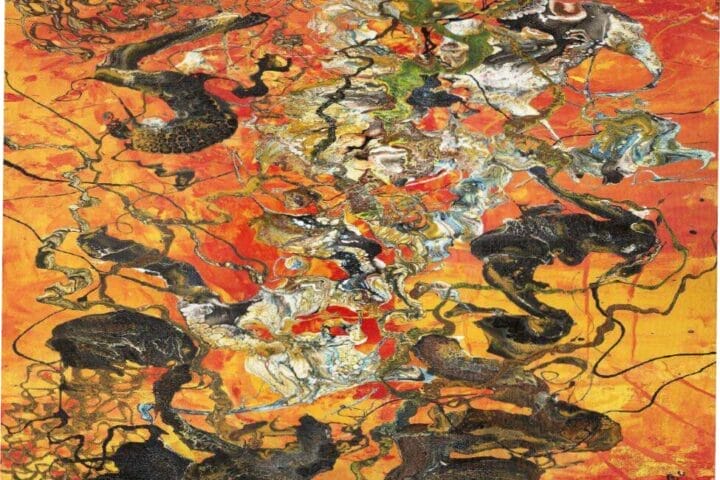One of the most iconic and renowned works of Baroque art is Michelangelo Merisi da Caravaggio’s Entombment of Christ, which was executed around 1602-1604. This painting illustrates the sorrowful moment in which Jesus’ body is removed from the cross and laid to rest in the tomb. It depicts a procession of figures, including Mary Magdalene on the left side, John the Evangelist on the right, and Joseph of Arimathea, who carries Jesus in his arms. The intense emotion depicted by this painting captures the grief and sorrow that comes with a beloved one’s death.
The composition of this painting is heavily influenced by Caravaggio’s deep religious faith and his mastery of chiaroscuro technique. By using light and shadow to create dramatic effects, he emphasizes certain elements while obscuring others. This creates a sense of spiritual gravity as well as a heightened sense of drama that leads viewers to focus on the figure in Joseph’s arms — Christ himself.
This painting also displays Caravaggio’s remarkable use of color as a means to express emotion. Here he employs dark blues and purples to evoke feelings or sadness and despair while lighter tones like peach convey hope amidst tragedy. Additionally, by having his figures occupy large areas within the painting, Caravaggio draws attention to their expressions which further enhances the emotional impact that this work has on those who view it.
Caravaggio’s The Entombment has become one of his most celebrated works due its narrative power, emotive qualities, and masterful use of technique — all honed by years spent studying under both minor masters as well as Italian Renaissance painters such as Giovanni Bazzi (known as Sodoma) and Peterzano Cesare da Sesto whom he considered to be his true teachers. Indeed these influences are evident throughout his oeuvre but nowhere more so than in The Entombment which stands today as an awe inspiring testament to Caravaggio’s genius for capturing emotion through light and color.










